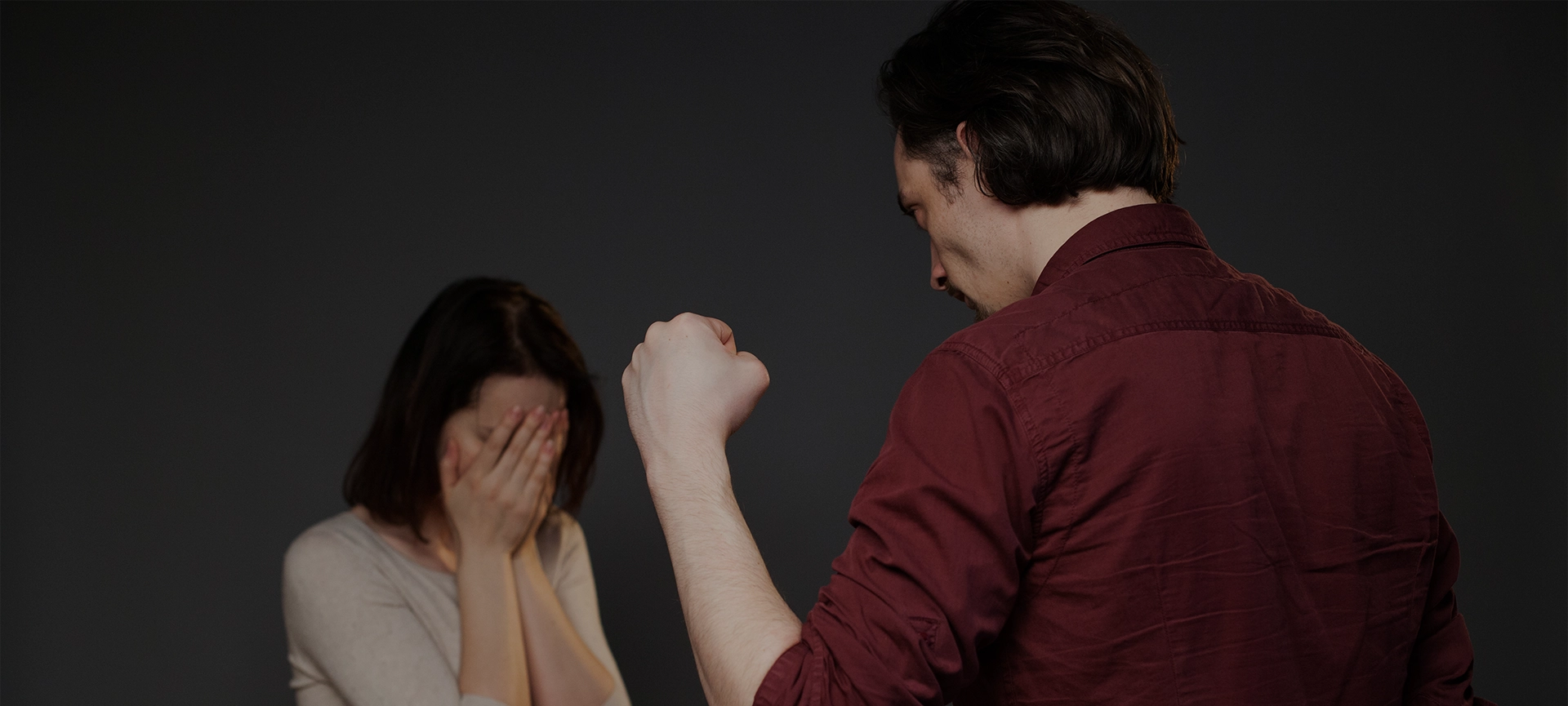When Erin Townley had to testify against the man who nearly killed her, she took solace in the fact the COVID-19 pandemic meant she could do it from her own home.
In 2018, Townley had been riding with a group of cyclists around Lake Ontario, raising money for pancreatic cancer, when the driver of a grey Nissan veered onto the highway shoulder and slammed into them.
[…]
“It was initially a pretty jarring transition,” said Michael Spratt, a criminal defence lawyer in Ottawa.
“The courts were … forced to move from the 1980s or 1990s right up to modern-day standards basically overnight. Prior to the pandemic most things, if not everything, was done in person.”
The pandemic’s first wave, Spratt recalled, was especially chaotic. Defence attorneys found themselves unable to reach clients as jails locked down to prevent outbreaks. Bail hearings took place over the phone. Trials were postponed.
But gradually the wrinkles smoothed out, Spratt said, and some advantages became apparent — like the fact certain witnesses, such as experts, could be patched in remotely instead of potentially being flown in great distances at substantial cost.
Defence counsel can more easily represent clients in “far-flung” areas, Spratt said, while simple matters like pleading guilty for a probation violation can be done remotely.
But Spratt said the digitization of court documents has been perhaps the most substantive change, allowing cases to proceed without “razing a small forest.”
[…]
Read Trevor Prichard’s full story: CBC




